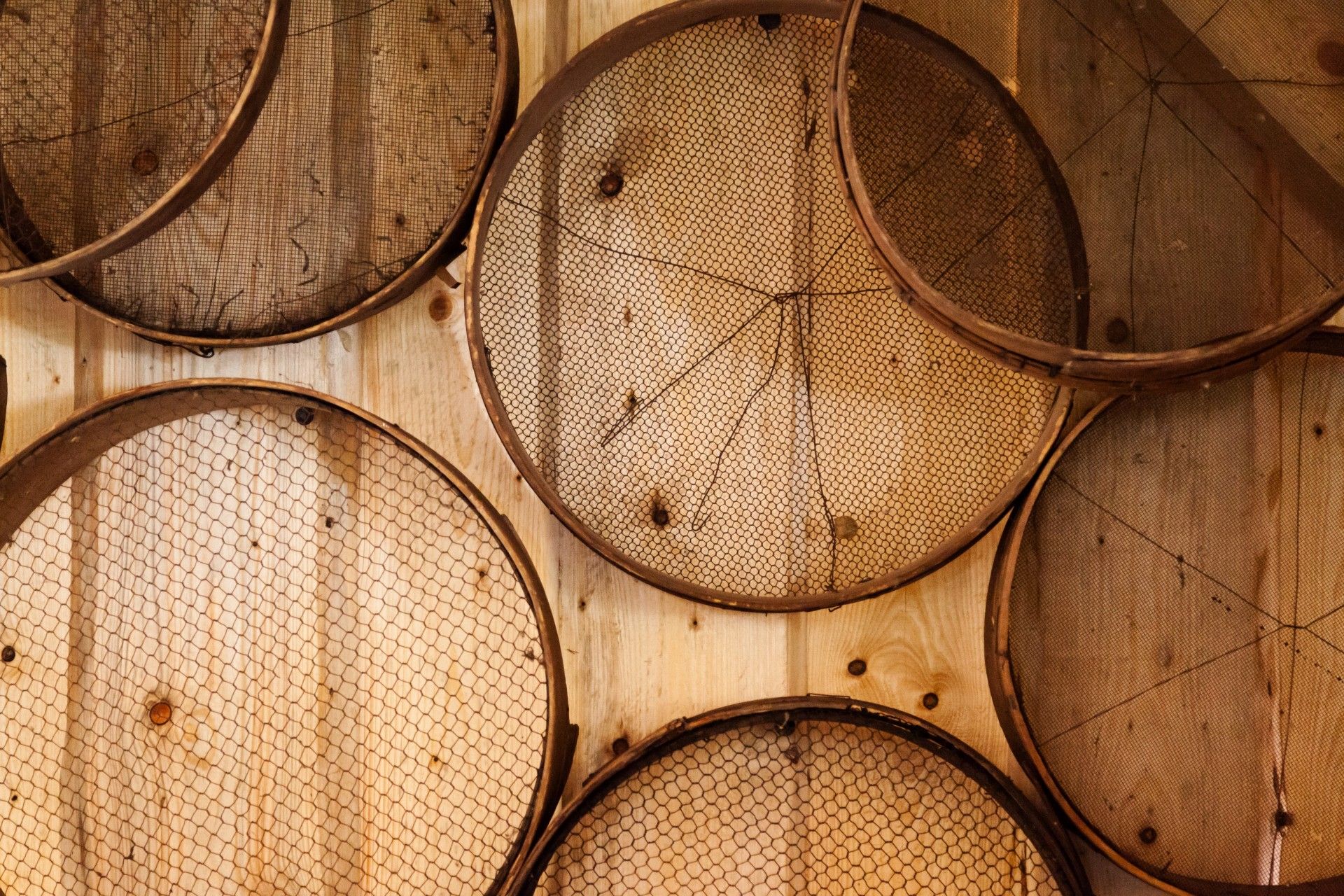IX: Marble
What happened 300 years ago on Marble Island?

Good morning. Today is nonidi, the 19th of Nivôse, Year CCXXXI. We celebrate le marbre, an ideal stone for sculpting.
It's the 300th anniversary of the mysterious disappearance of the shipwrecked Albany and Discovery at a cursed island in Canada's Hudson Bay.
The expedition was part of the fervent quest for a Northwest Passage, a theoretical shipping lane that would drastically cut the distance needed to sail from Northern Europe to Northern Asia and make the Canadian Arctic frontier a vital strategic resource instead of a frozen netherland. Many had attempted to find an ice-free lane through the North American Arctic and failed, so it was with some desperation that the Hudson Bay Company turned to one of its own Directors, a 78-year-old factory manager named James Knight, to chase one of the best leads they'd ever received.
The lead was from Knight's own friendship with a Chippewa woman named Thanadelthur, who claimed her homeland in the northwest had broad wide waters flecked with yellow and black rocks. Enticed by the prospects of not only a passage but gold and coal deposits, Knight – no rookie to hard outdoor pioneering – put together one of the best provisioned and most experienced expeditions ever attempted, complete with two brand new ships. They set sail in June.
Then they landed on Marble Island in September to stay the winter and vanished.



